1. Ayds Reducing Plan Candy

Back in the ’70s and early ’80s, Ayds candy was marketed as a delicious way to suppress your appetite and help you lose weight. The chewy caramels came in a little box and were supposed to be taken before meals. People swore by them, and honestly, the name didn’t raise eyebrows—at least not at first. But then the AIDS crisis hit, and suddenly that unfortunate name was a PR nightmare. Sales plummeted, and attempts to rebrand didn’t work says Medium.
To make matters worse, the candy wasn’t exactly the miracle it promised to be. It was laced with benzocaine to numb your taste buds, which just made food taste worse, not less appealing. And if you didn’t pair it with some serious self-control, it didn’t do much. Plenty of folks gained weight expecting it to do all the work. It became more of a novelty than an actual solution adds Wikipedia.
2. SnackWell’s Cookies

These were the darlings of the low-fat craze in the ’90s. SnackWell’s cookies hit shelves promising guilt-free indulgence, and people bought them by the cartful. The logic was, “No fat means no consequences,” right? The green box became a household staple, and suddenly we were all fine eating half a sleeve in one sitting shares Eater.
But cutting out fat meant upping the sugar to keep them tasty. So instead of losing weight, people were just trading one problem for another. The blood sugar spikes and crashes didn’t help anyone’s diet. For many, SnackWell’s became a snack trap that led to more cravings, not fewer shares Yahoo.
3. Crystal Light
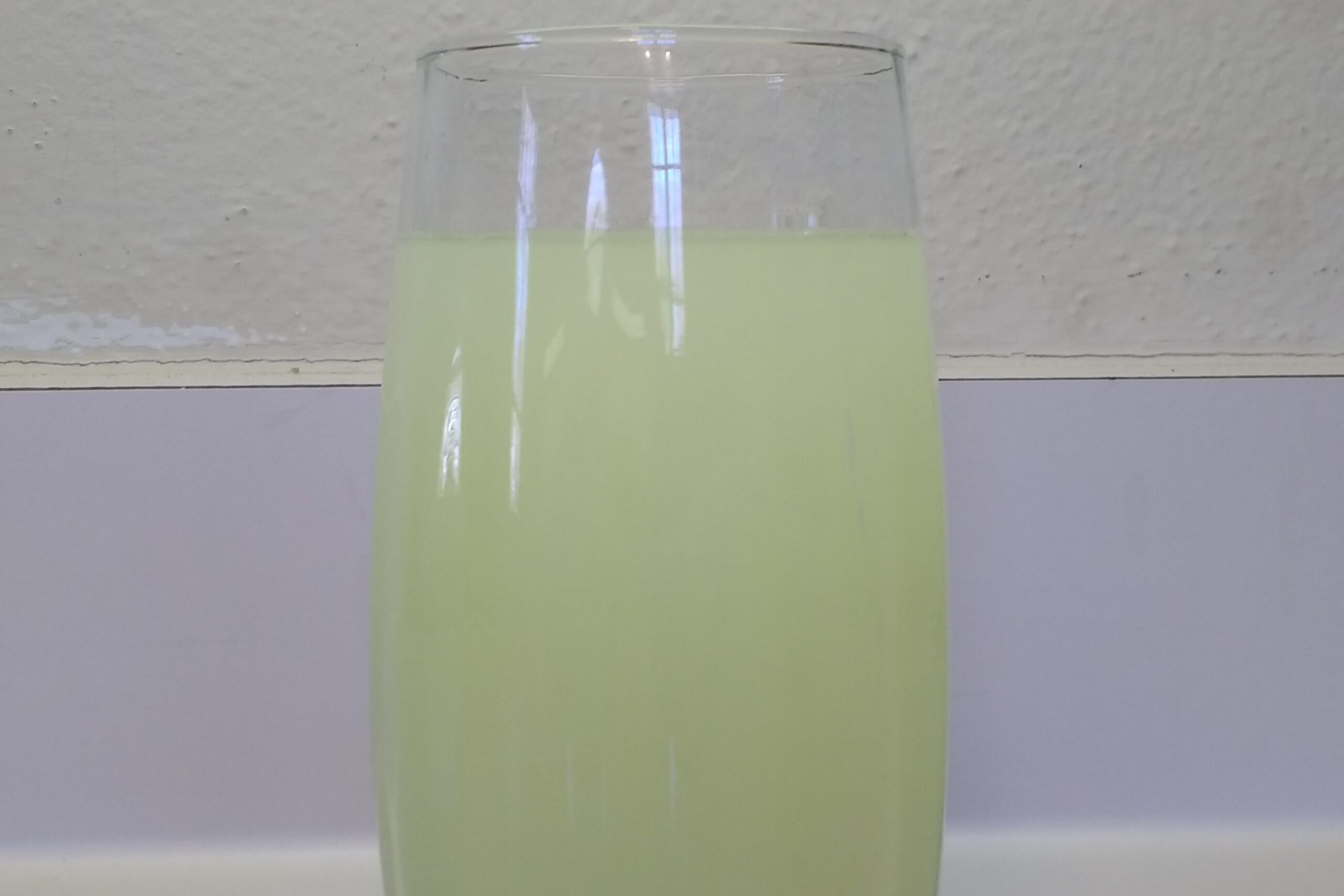
When Crystal Light came out, it felt like a revelation for dieters. You could flavor your water, skip the sugar, and still feel like you were treating yourself. Ads showed peppy aerobics instructors sipping it in pastel leotards like they’d just unlocked the secret to effortless slimness. For a lot of people, it became a constant companion in their weight-loss journey.
But here’s the catch: it was loaded with aspartame, which can actually increase sweet cravings. Some people ended up eating more sugar throughout the day without even realizing it. Plus, all those artificial ingredients didn’t sit well with everyone’s digestion. It started to feel less like a diet trick and more like a chemical cocktail.
4. SlimFast Shakes
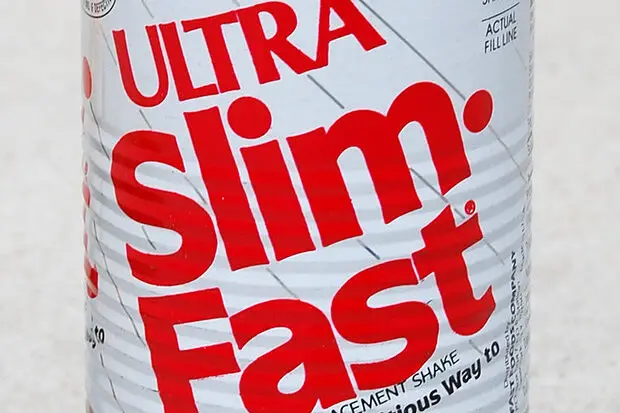
If you were around in the late ’80s or early ’90s, you probably remember the jingle: “Give us a week, we’ll take off the weight.” SlimFast shakes were everywhere, promising a meal in a can that would shrink your waistline in no time. For busy folks, it felt like a win—no cooking, no counting, just sip and slim.
But drinking your meals doesn’t really teach you how to eat well. Most people got tired of the routine, started snacking more, or went back to regular meals and gained the weight back. The shakes themselves weren’t exactly filling, either. It became clear pretty fast that liquid diets just aren’t sustainable for most people.
5. Lean Cuisine Frozen Meals
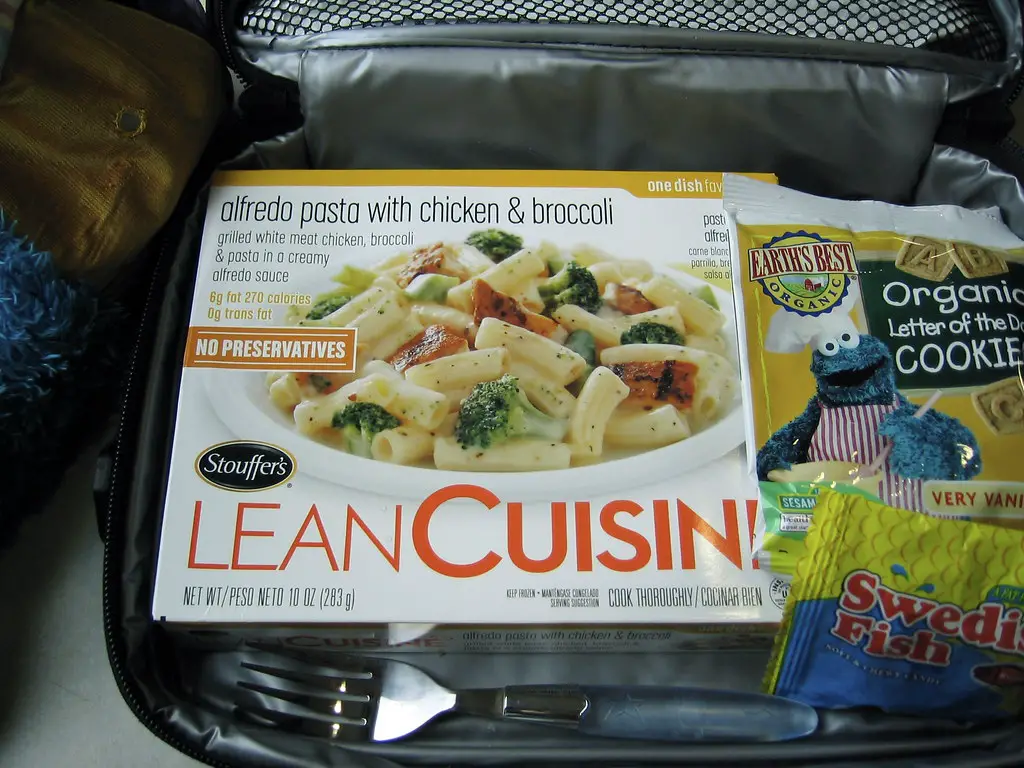
Lean Cuisine was supposed to be the easy answer for anyone who wanted to eat light without sacrificing convenience. You’d pop one in the microwave, and voila—a “balanced” meal that wouldn’t ruin your calorie count. Plus, the packaging made it feel like you were making a smart choice, which always adds a bit of pride to lunch.
The problem? These meals were tiny. So tiny, in fact, that people often ended up eating two or following them with a snack. They were also high in sodium, which isn’t great for bloating or overall health. It turned out you needed a side salad, a fruit, and maybe a protein bar just to feel satisfied.
6. Diet Coke
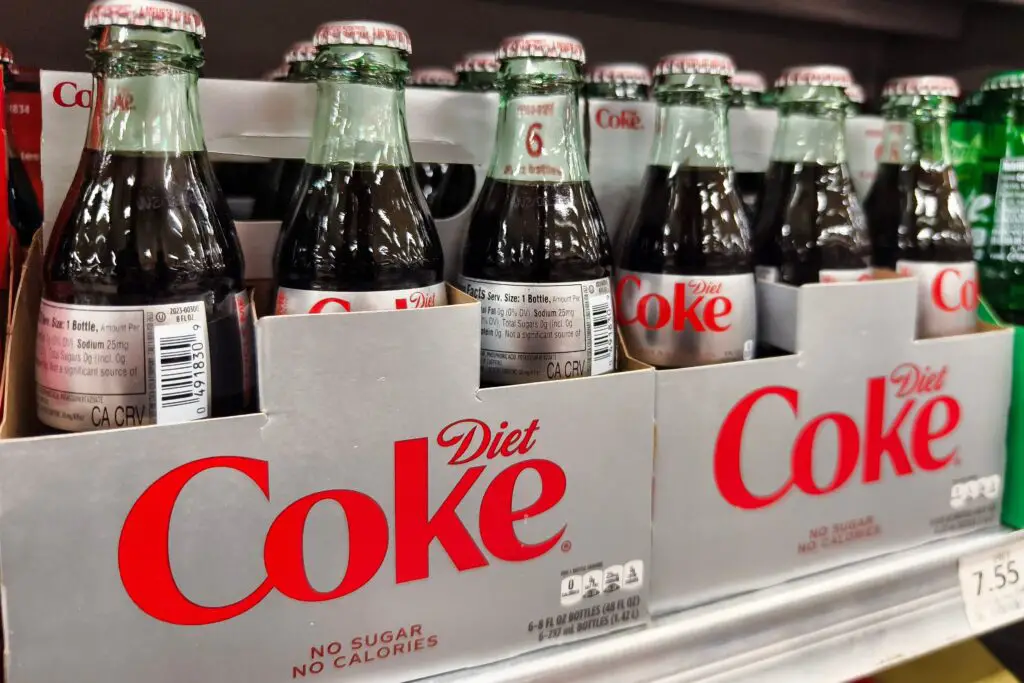
Ah, Diet Coke—the fizzy friend of calorie counters everywhere. It promised all the flavor of soda without the guilt, and for years it seemed like the ultimate swap. It became a staple at every fast food joint, office fridge, and diet plan. Some people even drank it like water, thinking they’d hacked the system.
But studies began to suggest that diet sodas could mess with metabolism and hunger cues. Instead of satisfying your sweet tooth, they sometimes made it worse. A lot of folks found themselves eating more snacks or craving carbs after sipping one. In the end, the zero calories didn’t always add up to zero consequences.
7. Olestra Chips (Wow! Chips)

When Olestra hit the scene in the ’90s, it was like a dream—chips with no fat? Sign us up. Frito-Lay launched their “Wow!” chips using this fat substitute, and they flew off the shelves. You could munch on cheesy or salty chips without worrying about your waistline.
But then came the side effects. Olestra caused some people stomach cramps, bloating, and even what they called “anal leakage” (yes, really). Not exactly worth the calorie savings. And because the chips didn’t feel indulgent, folks ate double or triple the amount. In the end, the chips did anything but help with weight loss.
8. Rice Cakes
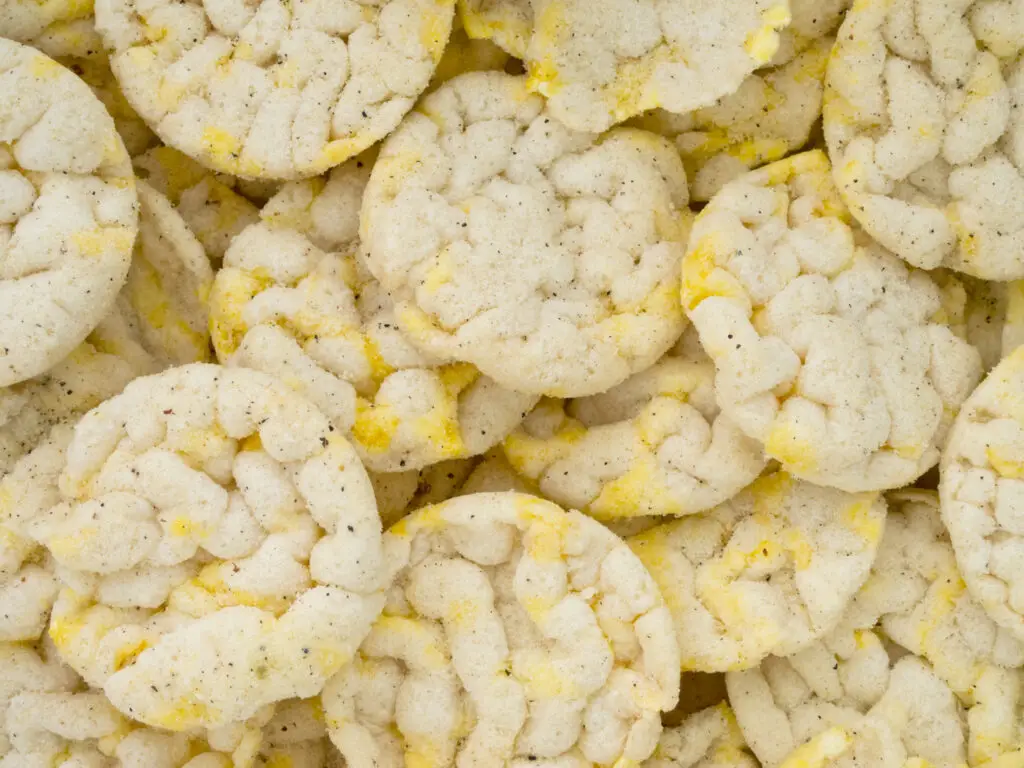
Rice cakes were the go-to snack for anyone trying to be “good” in the ’80s and ’90s. They were dry, flavorless, and kind of like biting into packing material, but they were low in calories and easy to eat on the go. People ate them plain, with peanut butter, or even sweetened versions with a whisper of flavor.
But the truth is, they spike your blood sugar and leave you hungrier than before. They’re basically fast-burning carbs with zero staying power. Most folks found themselves reaching for another snack soon after. Over time, rice cakes became more of a joke than a diet solution.
9. Subway’s “Eat Fresh” Sandwiches
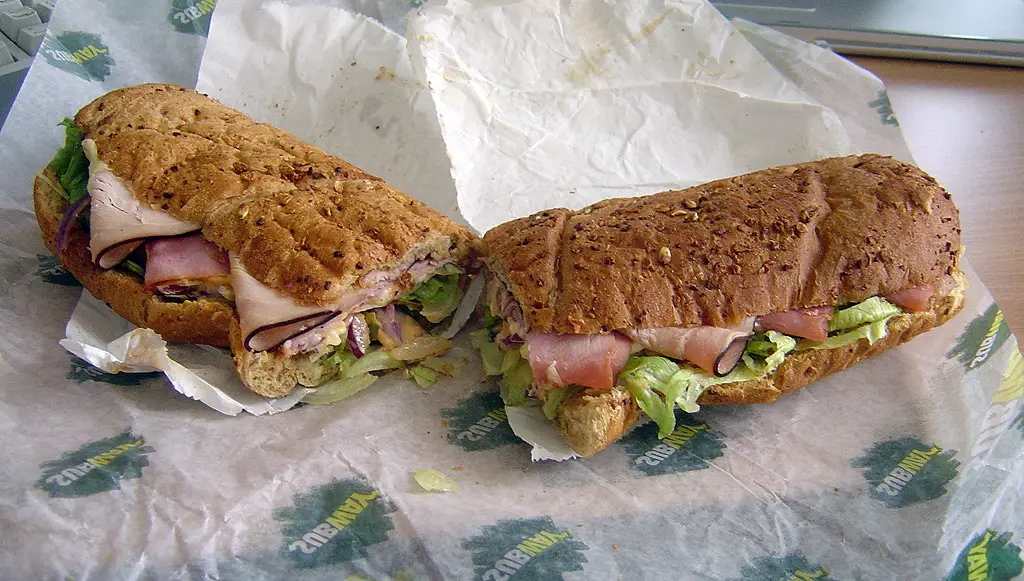
When Jared started showing off his Subway weight loss, the world took notice. The chain leaned hard into the health branding, encouraging people to “Eat Fresh” and choose subs over burgers. People started thinking of Subway as a diet-friendly fast food option.
But many of the subs were packed with sodium, and once you added cheese, sauce, or chose the wrong bread, the calories added up fast. Footlongs weren’t meant to be eaten in one sitting, but that’s exactly what most of us did. Diet food or not, portion control still matters. And for a lot of folks, “eating fresh” didn’t lead to eating less.
10. Yoplait Light Yogurt
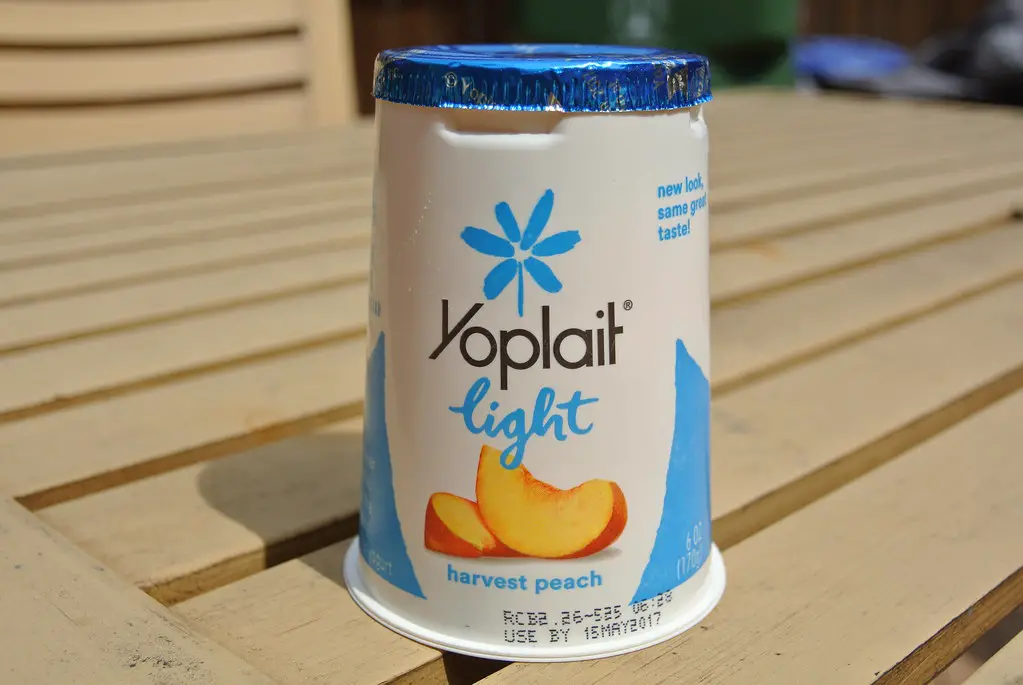
These little containers of fruit-flavored yogurt were a big part of early 2000s diet culture. They had a sleek look, sweet taste, and the promise of fewer calories. Toss in some granola, and you had a “healthy” breakfast. It felt like dessert you didn’t have to feel bad about.
But they were often loaded with sugar substitutes that left people craving more. Plus, without enough fat or protein, they didn’t keep you full. Some folks would eat one, then find themselves raiding the fridge an hour later. It turned out they were more snack than meal, despite the promises.
11. Diet Bread
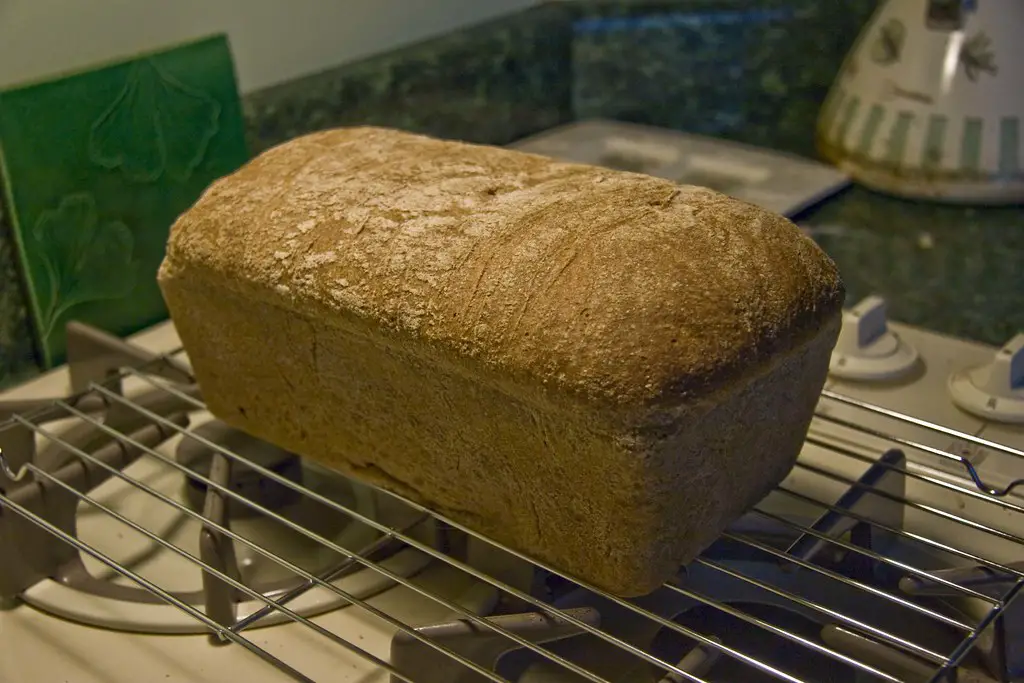
In the ’90s, “light” bread options began showing up in grocery stores everywhere. With fewer calories per slice and thinner cuts, it looked like a great way to enjoy sandwiches without the guilt. Brands marketed it as the perfect choice for health-conscious eaters.
But in reality, those skinny slices barely held anything and often had more sugar than you’d expect. They didn’t satisfy hunger, so people often doubled up or just added more toppings. It also lacked fiber, making it less filling than standard bread. It was one of those cases where “less” really didn’t mean “better.”
12. Fat-Free Muffins
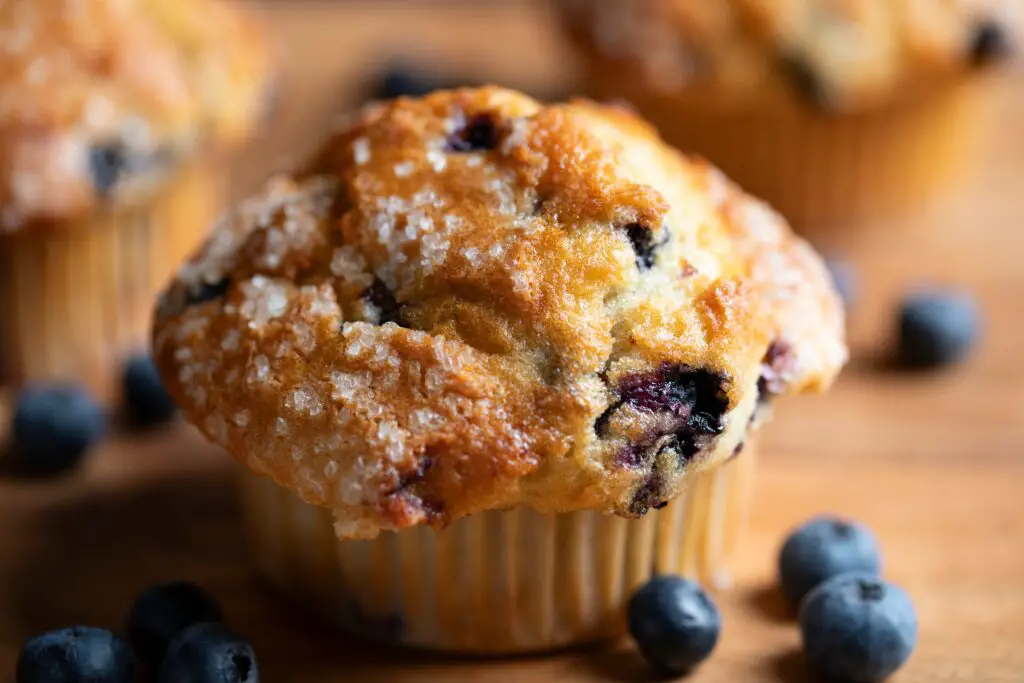
Remember when everything “fat-free” was seen as healthy? Muffins got the makeover too—suddenly they were everywhere in office meetings and diet plans. They tasted sweet, were soft and cakey, and had the magic label: fat-free.
Unfortunately, all that missing fat was replaced with extra sugar and refined flour. Instead of feeling full, people got a sugar high followed by a crash. And since they weren’t marketed as indulgent, people felt okay eating two or three. It was a recipe for weight gain disguised as a health trend.
13. Special K Cereal
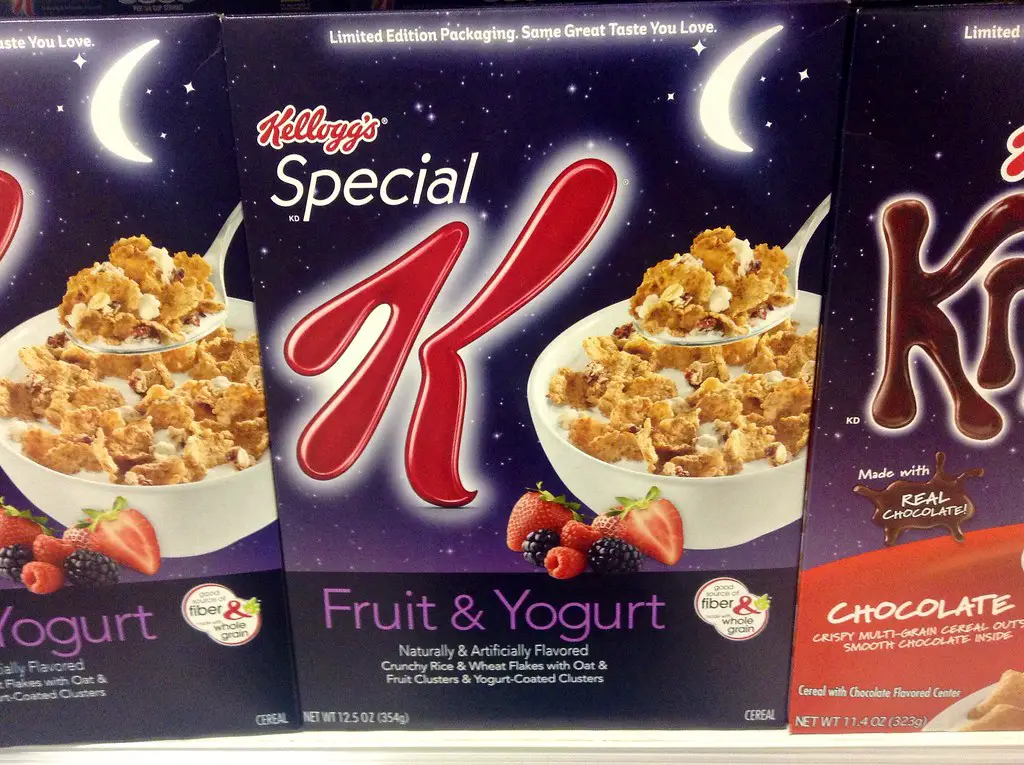
Special K told us that a bowl of cereal could help us drop a jeans size. Their commercials showed slim women crunching happily and promising results in just two weeks. Diet plans even popped up around it—two meals of Special K, one regular meal, and boom: transformation.
But cereal for two meals a day left people tired, cranky, and often hungry. It was low in protein and fiber, so it didn’t keep you full for long. Many people binged by dinner or snacked to make up for the calorie cut. The diet often backfired, leaving people worse off than they started.
14. “Low-Fat” Peanut Butter
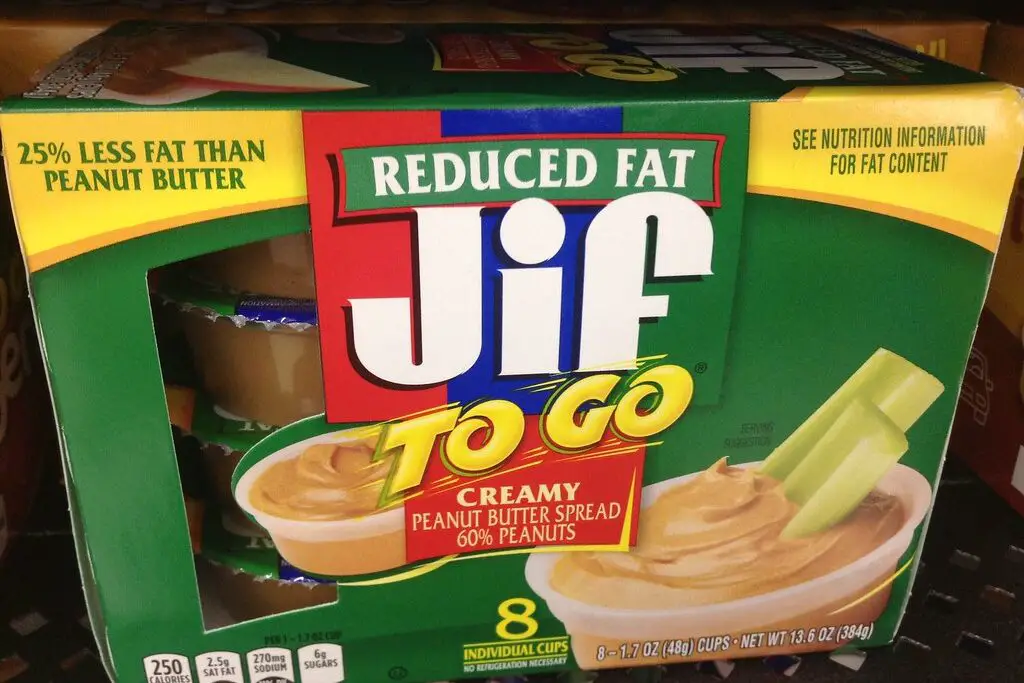
Peanut butter lovers rejoiced when low-fat versions hit the shelves. It seemed like the best of both worlds—still creamy and nutty, but supposedly healthier. The labels made it sound like a dream come true for people trying to slim down.
But taking out fat meant something had to replace it, and that something was often sugar or extra fillers. The texture was off, the flavor less satisfying, and the extra carbs made it easier to overeat. People often ended up using more of it to get the same effect. In the end, it was less nutritious and more misleading.
15. Grapefruit Diet
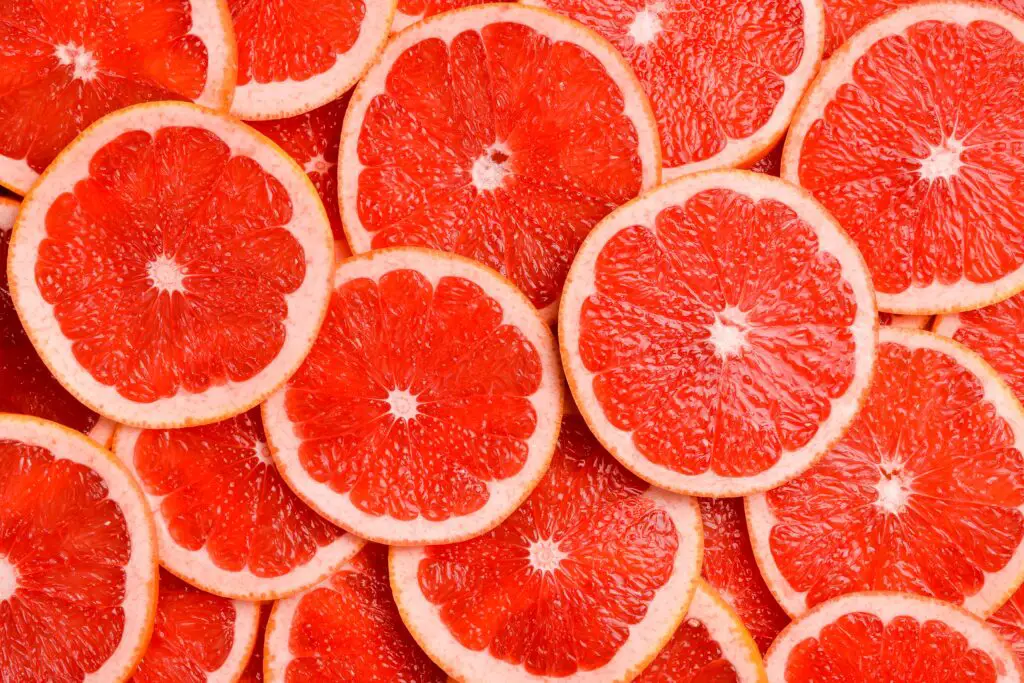
The grapefruit diet has been around forever, promising fast results just by eating grapefruit at every meal. It felt simple and natural, and tons of celebrities swore by it in the ’70s and ’80s. The idea was that grapefruit burned fat magically, and you could eat steak and still lose weight.
But the science behind it never really held up. Most of the weight loss came from eating way fewer calories overall—not the grapefruit itself. Plus, eating the same citrus fruit nonstop gets old real fast. People got tired, bored, and often quit before seeing any real change.
